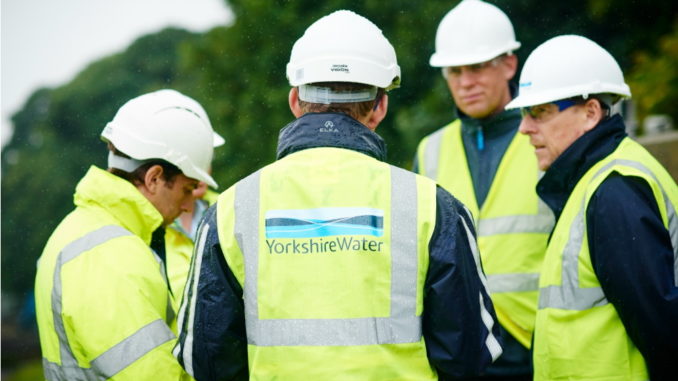
Yorkshire Water has begun improvement work at its Thornton-le-Beans wastewater treatment site as part of a £4m investment in the plant.
The company says a new nature-based wetland solution will be installed to improve water quality in the River Wiske, a tributary of the River Swale.
The project, carried out by Mott McDonald Bentley, will provide a natural, sustainable, and low-carbon way to treat and remove phosphorus from wastewater before returning it to the environment.
Phosphorus is a normal part of domestic sewage, entering the sewer system via domestic showers and washing machines due to products such as shampoo and liquid detergent containing phosphorus.
It can also wash off from agricultural fields after the use of fertilisers and be dissolved from soil which can be difficult to control.
While a small amount of phosphorus is harmless and is an essential part of many ecosystems, it can become damaging to human and animal life when unmanaged.
Over 20,000 wetland plants will be planted amongst interconnected ponds at the expanded treatment works.
The plants will treat the wastewater as it travels through the wetland, taking in and breaking down pollutants and nutrients. The wastewater being treated will not include solid waste.
Once complete, it is hoped the project will improve the river quality 6.4km downstream of the Wiske.
Rizwan Khan, project manager at Yorkshire Water, said: “Nature-based wetland solutions are a sustainable and low-carbon way to reduce phosphorus in treated wastewater, and ultimately improve the water quality in Yorkshire’s rivers.
“It’s important to us and to our customers that the local environment thrives, so we have several phosphorus reduction schemes currently in the works, with £500 million to be invested before 2025.
“The plants will also provide a new habitat for pollinators and other local wildlife, providing a biodiversity net gain for the site.”
The project is expected to complete in spring 2026. Upon completion, the access track will be removed, and the field returned to its original state.


Be the first to comment